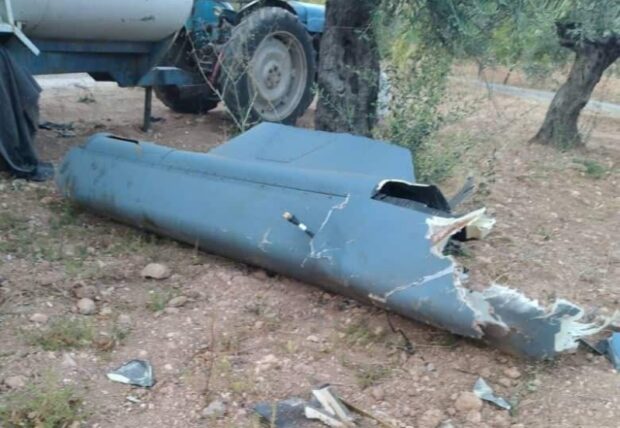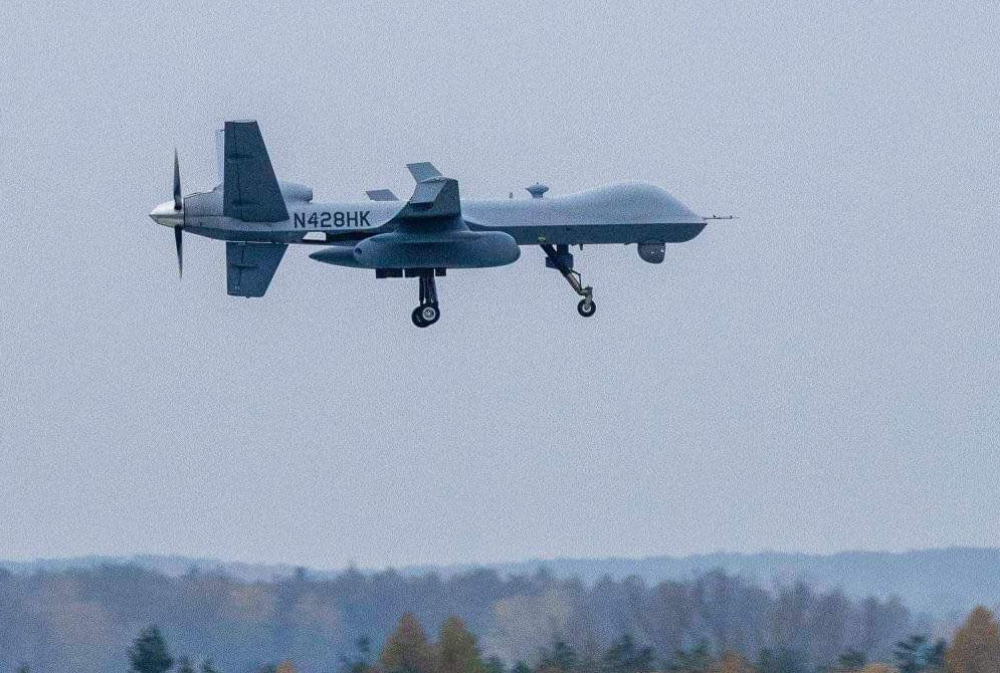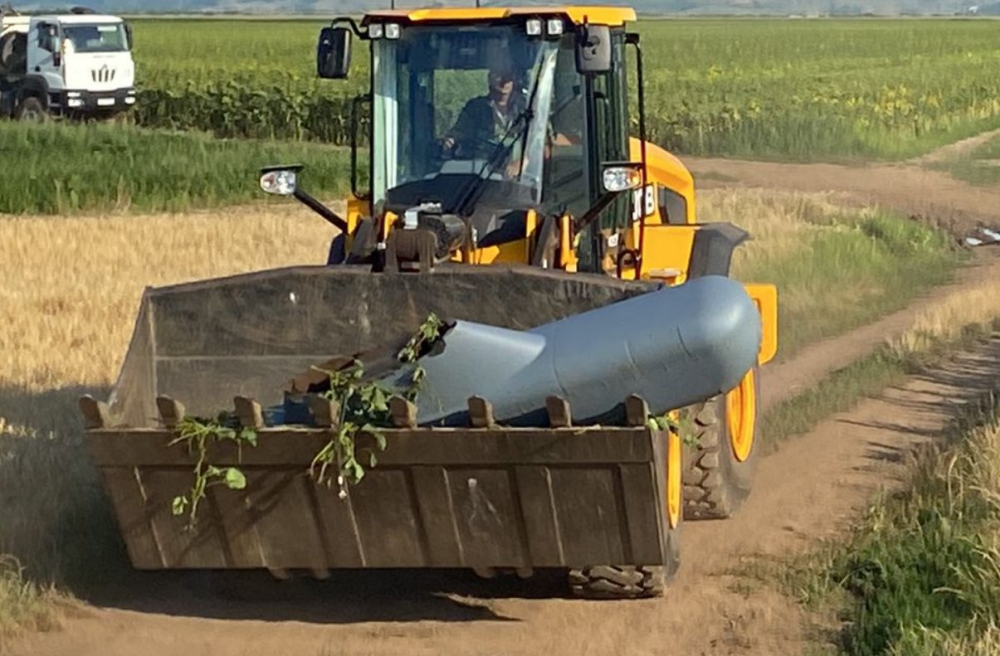An investigation into the 2022 crash of a US Air Force (USAF) General Atomics MQ-9 Reaper found that pilot error precipitated the incident. The remotely piloted aircraft crashed at an undisclosed location in Europe on 14 July 2022, with no injuries or fatalities and “minimal damage to civilian property”, according to a USAF investigation board.
The findings of the investigation, released by Air Combat Command (ACC) on 6 July, reveal that shortly after take off, the ground crew controlling the MQ-9 “experienced malfunctions with control systems” and elected to return the unmanned aerial vehicle (UAV) to base after consulting an emergency checklist.
Control of the aircraft was then transferred to a Landing and Recovery Element (LRE), comprised of a pilot and sensor operator, to safely land the MQ-9. A subsequent error by that pilot would go on to cause the crash.
“The LRE crew… incorrectly analysed the emergency procedure as ‘stuck [engine] torque’,” the USAF investigation says. “The pilot determined the only way to successfully recover the aircraft would be an engine-out landing.”
The pilot then cut off fuel to the engine and feathered the propeller, “effectively shutting down the engine”, according to the ACC investigation board.
“Due to the prior malfunctions, the indication on the cockpit display suggested the engine was still operating. Assuming the engine was still operational, the crew attempted an unsuccessful go-around,” investigators say.
The pilot’s decision to cut fuel to the engine meant the MQ-9 did not have the necessary thrust to perform the manoeuvre. This resulted in a failed recovery attempt and the “subsequent controlled flight into terrain” southeast of the airfield, the ACC says.
Investigators conclude the MQ-9 remote flight crew relied on the “erroneous indications” and as a result “incorrectly diagnosed the emergency procedures required.”
“The investigation board determined the cause of the mishap was pilot error based on channelised attention and basic airmanship,” ACC says.
The MQ-9 was destroyed, with an assessed value of $14.6 million.
While the findings do not specify the location of the mishap, local news outlets in Romania reported the crash of “an American military drone” on 14 July, 2022 – the same crash date provided by the USAF.
Citing Romania’s then-defence minister Vasile Dincu, Digi24 reported the crash of an American military MQ-9 near the Campia Turzii air base, approximately 420 km northwest of the capital Bucharest.
And in July 2022, The Warzone reported:
The MQ-9 in question smashed into a farmer’s field approximately three kilometers (approximately 1.86 miles) south of the Romanian Air Force’s 71st Air Base in Campia Turzii on July 14. The cause or causes of the incident, which the Air Force confirmed and said was under investigation, remain unclear.
NATO maintains a rotational force presence in Romania, including multinational fighter detachments and a brigade combat team of US Army ground troops. Spain, Italy, Canada and the UK have sent to fighter jets to Romania in recent years to fulfill NATO’s air policing mission along the alliance’s eastern flank,in conjunction with the Romanian air force.
NATO member Romania’s strategic position on the Black Sea has allowed the alliance to conduct aerial surveillance and intelligence gathering of the ongoing Russia-Ukraine war, including with MQ-9s.
In March 2023, the pilot of a Russian air force Sukhoi Su-27 fighter collided with a USAF MQ-9, causing the irrecoverable crash of the UAV. Washington condemned the actions of the Russian aircraft as deliberately unsafe and unprofessional.
However, unlike the more recent downing, the MQ-9 from the 2022 incident does not appear to have been involved in an active operation.
“These drones are being used for training,” Dincu told Digi24 in 2022. “We train together, both us and the Americans, with these drones.”
Source: FlightGlobal



